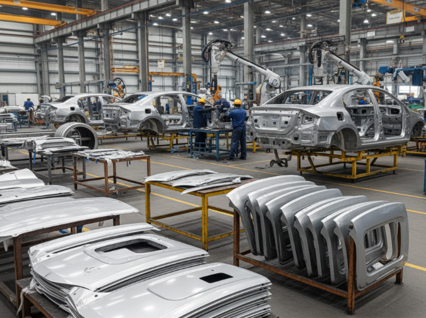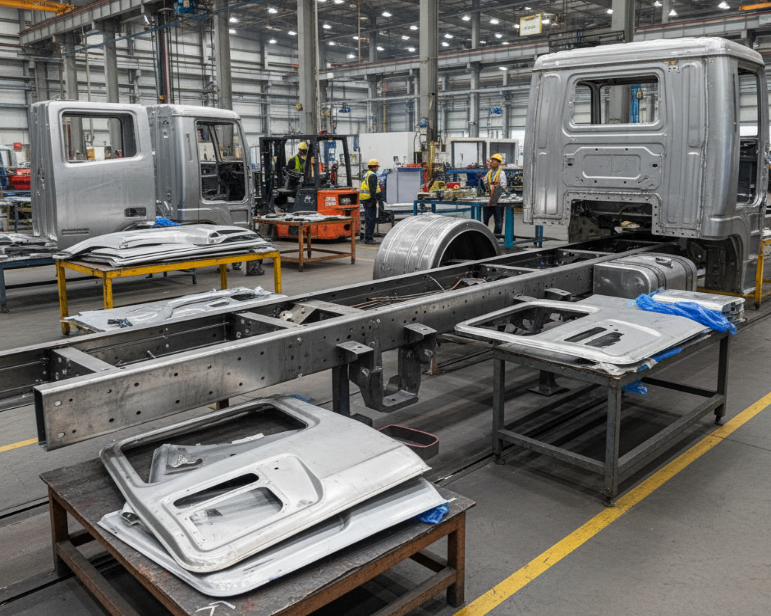

Home Automobile

Sheet metal is the backbone of the automotive industry, primarily forming the vehicle's body, structure, and many critical functional components. Its applications leverage its excellent formability, relatively light weight, and high strength. The most recognizable use is in the exterior panels and chassis, which are essential for the vehicle's structural integrity, occupant safety (crash absorption), and aerodynamic performance. This includes the car body panels (doors, hood, trunk lids, roof), fenders, and the unibody or frame (chassis), which is fundamentally constructed from formed and welded sheet metal stampings.
Forming the vehicle’s chassis and exterior body panels (hood, doors, roof, fenders).
Essential for structural integrity and crash energy absorption (unibody construction).
High-strength steel (HSS) and aluminum for balancing durability and weight reduction.
Fuel tanks, exhaust systems, catalytic converter casings, and heat shields.
Sheet metal stamping for large parts, complemented by CNC machining for high-tolerance engine components and fittings.
Crucial for the vehicle's appearance and maximizing air efficiency.
Beyond the main structure, sheet metal plays a vital role in mechanical and internal systems. Specialized manufacturing techniques are employed to create both large and small components. While sheet metal forms the large panels and chassis, CNC machining is used for higher-tolerance parts, such as complex engine components (e.g., brackets, covers, and precise internal fittings) that demand extreme accuracy and durability. Internally, sheet metal is used for dashboard structures, seat frames, fuel tanks, and exhaust systems. The industry prioritizes materials like high-strength steel and aluminum sheet to meet strict safety standards while continuously striving for weight reduction to improve fuel efficiency and performance.
